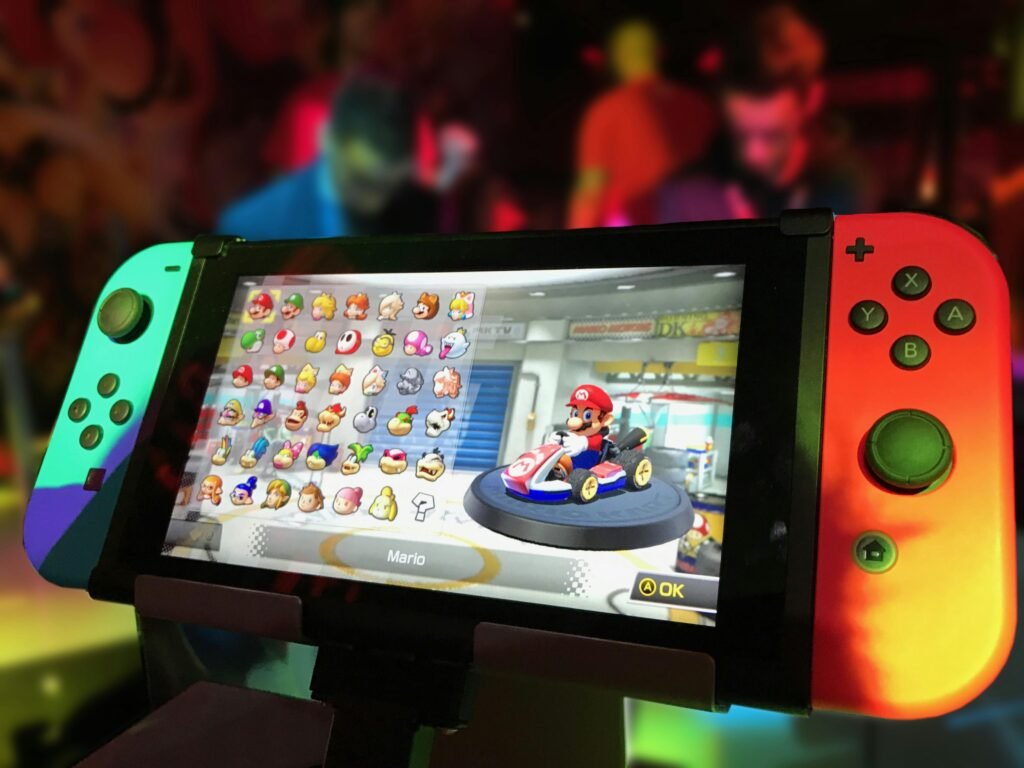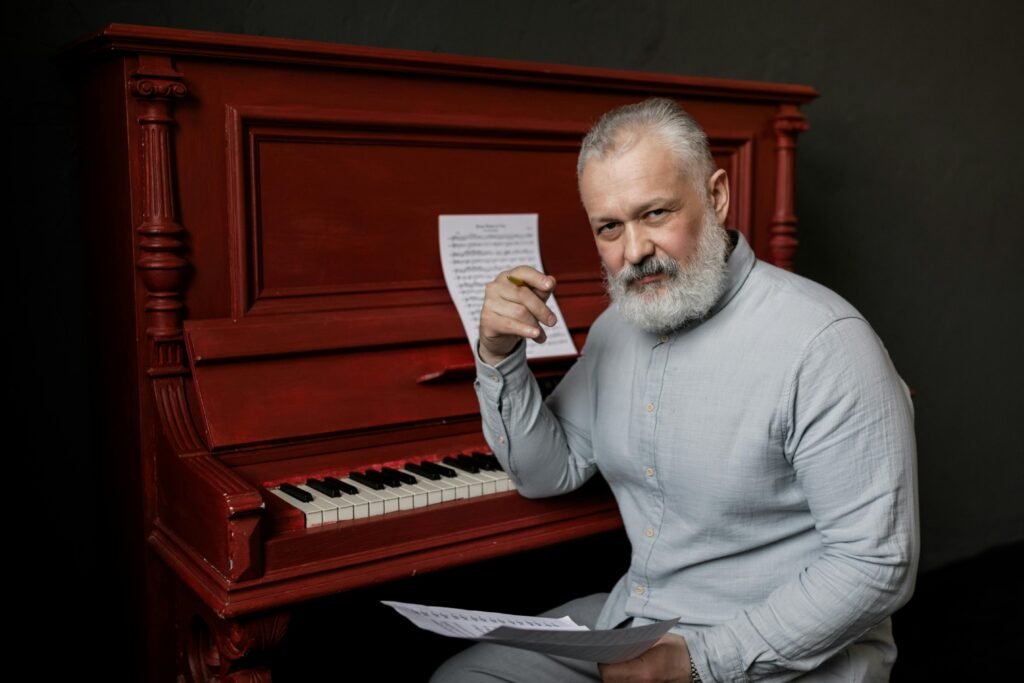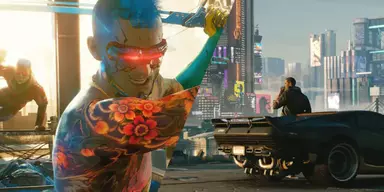Have you ever considered a career in Game Development? If so, you must have wondered what you would need to do to get into this field. What skills you must learn and what kind of experience you should have? Well, the answer to that is not as straightforward forward you might expect. Even though one thinks of programmers whenever game development comes up, there are a lot of different people with a wide array of skills that are involved in the Game Development Process.
Aside from Programmers, a typical game development team usually has managers, Designers, artists, composers, writers, animators, etc. Here we will describe what role each of the people involved in Video Games perform.
Programmers

Games are highly complicated software products with a variety of components, all software, depending upon the scope, resources, and vertical integration desired for the game. The more components of the game are desired to be created in-house, the more programmers are needed. Often these programmers have a background in software engineering or computer science, as well as a creative flair that allows them to translate physical concepts such as lighting, sound, gravity, and collisions into code. This then breathes life into otherwise stagnant assets in the world of the game. Depending on the scope of the project and the number of programmers in the team, the following aspects of game development must be dealt with by programmers:
- Building the game engine
- Writing scripts for functionality such as interactions and effects.
- Writing the AI for NPCs and components, which allows pathfinding and decision-making.
- Adding the sounds, music, and dialogue.
- Writing network code that will enable multiplayer.
- Writing UI/UX code which includes menus and in-game interaction elements like HUD.
- Writing code for control through keyboard, mouse, or controllers.
Depending on the size of the studio or team, there could be one programmer doing all of the above or an entire team dedicated to just one of the aforementioned aspects of the game. Common software and programming languages used by game programmers include C++, C#, Unity, Godot, and Unreal Engine.
Managers
They make sure that everyone else works and meets their deadlines and that they get the credit for meeting deadlines and performance thresholds by working their teams like they’re running a Chinese sweatshop.
Game Designers
Game designers are creatives who shape the overall vision of the game and then determine how to translate that over to gameplay mechanics and player experience. Their expertise lies in writing, art, and programming, i.e., they make sure that what is being conceptualized can be effectively converted into a part of the game and if so, what it would look like. Some specific examples of game designer responsibilities are:
- Participating in focus groups to settle on the theme, concept, and vision.
- Finalizing the gameplay mechanics and systems that determine the player experience. This includes deciding exactly how the controls, abilities, combat, interactions, and progression will look in-game.
- Translating the story and narrative into dialogue, characters, and environment details. Game designers do this by having lengthy discussions with writers and sifting their ideas through their mesh of what will and what won’t work in the game based on their experience and knowledge.
- Creating content such as missions, items, obstacles, puzzles, and enemies which will translate the main story or narrative into engaging gameplay.
Common tools used by game designers include game engines like Unity and Unreal Engine, as well as design software such as Adobe Photoshop and Autodesk Maya.
Writers
Writers are tasked with crafting the game’s narrative, dialogue, story, and character arcs. They work closely with all departments during development to maintain coherence and consistency with the game’s storyline and lore. Additionally, writers create side quests and lore to enrich characters and evoke emotion in players as they advance through the game. Quality writing is essential for a game’s success, enhancing gameplay, meaningful dialogue, and offering morally ambiguous choices with branching storylines that increase excitement and replay value.
Level Designers
Level designers draw inspiration from the story and narrative provided to them by the game designers and writers, concept art from the artists, and past literature that may relate to the type of game being developed such as movies and books, to ultimately build the environment, world, map or levels of the game, depending on which applies. For example, if the game’s events revolve around space exploration and spaceships, the level designers might take inspiration from movies from the Star Trek and Star Wars series, games No Man’s Sky and Eve online, and novels like Dune and The Martian.

After researching the available literature to build up material and having some discussions with other members of the team, level designers build locations, maps, or worlds that reflect the vision, and art of the game as well as seamlessly integrate with the gameplay mechanics. The role of a level designer is intricate as they must strategize the placement of passages, tunnels, spawn points, traps, and arenas for boss fights, among other elements.
This complexity is heightened by the necessity for the level designer to ensure that the environment not only functions as intended but also feels enjoyable, captivating, and immersive. Additionally, the level serves as the foundation upon which the endeavors of nearly all other departments in the development process must stand. Common tools used by level designers include game engines like Unity and Unreal Engine, level editors within these engines, as well as 3D modeling software such as Autodesk Maya or Blender for creating assets and environments.
Artists
Artists are responsible for introducing the color and visual elements that bring a game to life. Everything that populates the game world, has gone through an artist’s hands in some way, i.e., its looks must be attributed to the artist’s contribution even if the model was built by someone else. There are several types of roles involved in a game that must be dealt with by artists, these include the creation of concept art, character design, environment art, textures, materials, and visual effects.
- Concept art serves as the foundation of the game and is developed by artists using information from the writers regarding the main story, characters, and their perception of how their world should look. Artists may also take inspiration from other work done in the genre before generating concept art for the rest of the team to get an idea of the vision and look of the finished game.
- Writers may come up with a narrative and main story, but it is the artist who must translate the writer’s description of the characters into how the corresponding asset should look in the game.
- The objects, other than characters, that populate the game world such as furniture, weapons, and clothes are also designed by artists.
- Texture and materials are what give 3D models their visual appearance or color. The game engine has to be instructed on what material or texture occupies which surface in the game and that material itself has to be created separately. Creating textures is not just a matter of choosing a color, that much is clear from the hyper-realistic graphics in modern games, rather, it involves defining surface details like roughness, reflectiveness, and opacity which dictate how light interacts with the surface, in addition to selecting the pattern or color itself.
- Visual Effects artists add an additional layer of dynamism and flair to a game through explosions, smoke, fire, wind, and weather effects. These small additions make a huge difference in player immersion and can even alter a player’s style or approach in the game.
Common tools used by artists in game development include Adobe Photoshop for 2D art creation and texturing, Autodesk Maya or Blender for 3D modeling and animation, Substance Painter for texture painting, and ZBrush for sculpting high-detail models. Additionally, game artists may use tablets for digital drawing and painting.
3D Modelers
The 3D modelers are responsible for converting character art, object art, and environment art from the artists into their respective 3D assets that can be used in the game. These 3D models of characters, weapons, furniture, and buildings can then be textured/colored and rigged for animation.
Modelers often collaborate with artists to convert the art into models following the artist’s imagination or rely on photographs from multiple perspectives if they are replicating a real object. Common tools used by 3D modelers in game development include Autodesk Maya, Blender, and 3ds Max for 3D modeling, sculpting, and animation. Additionally, they may use ZBrush for high-detail sculpting, Substance Painter for texture painting, and UVLayout for UV mapping.
Animators
In the game development process, 3D modelers focus on rigging and skinning, constructing digital skeletons for characters, and establishing movement controls. Subsequently, animators utilize these rigs to achieve lifelike character deformation and motion. They meticulously craft realistic motion sequences in response to player commands; for example, when a player initiates a weapon reload, the rig deforms the character according to a predefined sequence established by the animator.
To ensure authenticity, animators often observe real-life actions performed by actors or themselves, employing motion capture technologies to accurately translate these movements into the digital realm. Common tools used by animators in game development include Autodesk Maya, Blender, and 3ds Max for character rigging, animation, and motion editing. Additionally, they may use Adobe After Effects for 2D animation and compositing, and Unity or Unreal Engine for implementing and testing animations in-game.
Audio Engineers
Audio engineers are responsible for creating, digitizing, and fine-tuning the audio elements that are to be used to enhance the player’s experience. Audio engineers create or capture the noises that will bring the game to life, such as the sounds of gunshots, footsteps, creaking floorboards, and environmental ambiance like blowing winds, among a variety of other things. They also oversee the recording and editing of voice actor’s monologues and dialogues.
Audio engineers also design and implement the spatial audio scheme which is to be implemented in the game to add depth and immersion, such technologies imitate how sound behaves in real life, for example, the farther away you move from the source, the fainter a sound becomes. Common tools used by audio engineers in game development include Digital Audio Workstations (DAWs) such as Pro Tools, Reaper, and Ableton Live for composing, editing, and mixing music and sound effects.
They also use middleware tools like FMOD Studio or Wwise for implementing interactive audio and managing audio assets in the game engine. Additionally, audio engineers may use audio editing software such as Audacity for fine-tuning and editing sound files.
Composers

Composers enhance player experience by creating original music scores that act as background music. The background music changes to complement the game’s setting, mood, and scenario. Composers play a vital role in enhancing immersion, evoking emotions, and reinforcing engagement. Common tools used by composers in game development include Digital Audio Workstations (DAWs) like Logic Pro and Ableton Live for composing music, along with virtual instruments and sample libraries such as Kontakt or Spitfire Audio.
Testers / Quality Assurance (QA)

Testers are involved throughout the game development process to ensure that the game does not suffer from any major bugs or pitfalls that might get overlooked and end up in the final version when it is too hard and too expensive to fix. They constantly test different aspects of the game and attempt to recreate any possible scenarios of how a player might interact with the game and break it.
If testers or QA personnel find any issues with the game, small or large, they report it back to the responsible person in the dev team. Their job might sound easy on the surface as all they have to do is play the game, but it is incredibly tedious and boring since they have to test different versions of the same game for years and do mundane things like jump on every square foot of floor space to ensure that the character does not fall through.




